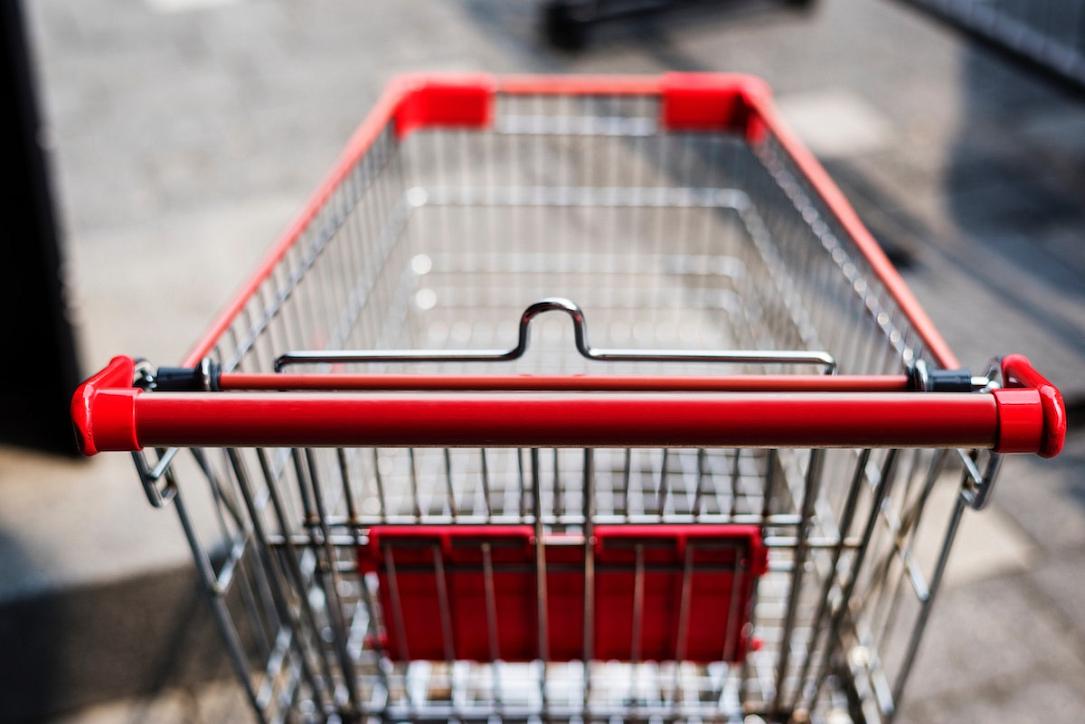GfK: Romanians shifted toward lower-cost brands in 2019

The sales of consumer goods in Romania increased by a modest rate of 2.2% (volume terms) in 2019, according to a report of the market research firm GfK. As the food prices increased by 5.6% last year, Romanians bought roughly the same volumes, but went for lower price segments.
In 2018, the sales of consumer goods increased twice faster than in 2019, while in 2017 the market rose by over 7%, according to GFK.
The discount stores remain particularly popular in Romania, which has one of the lowest average incomes in Europe.
The modern retail channels continued to gain ground in 2019 in the detriment of traditional formats, and reached 64% market share. The discount stores were the ones that contributed mostly to the growth. Proximity stores also continued their advance and gained new buyers. In contrast, hypermarkets, supermarkets, and traditional retailers were more rarely visited for home shopping.
In terms of categories of goods purchased, with the exception of fresh foods (fruits, vegetables, meat, eggs), the sales in all main segments of consumer products increased in 2019. Romanians increased their spending the most for household care and cleaning products as well as dairy products (especially for yogurt, kefir, cheese specialties, cheese cream).
Romanians also spent more in 2019 compared to the previous year for drinks, especially soft drinks and bottled water. A similar growth rate was seen for personal care products, especially hair care products.
However, the food segment did not grow as fast. In this segment, however, there are exceptions to food groups that gained ground particularly, such as snacks and tins.
editor@romania-insider.com
(Photo source: Pexels.com)













